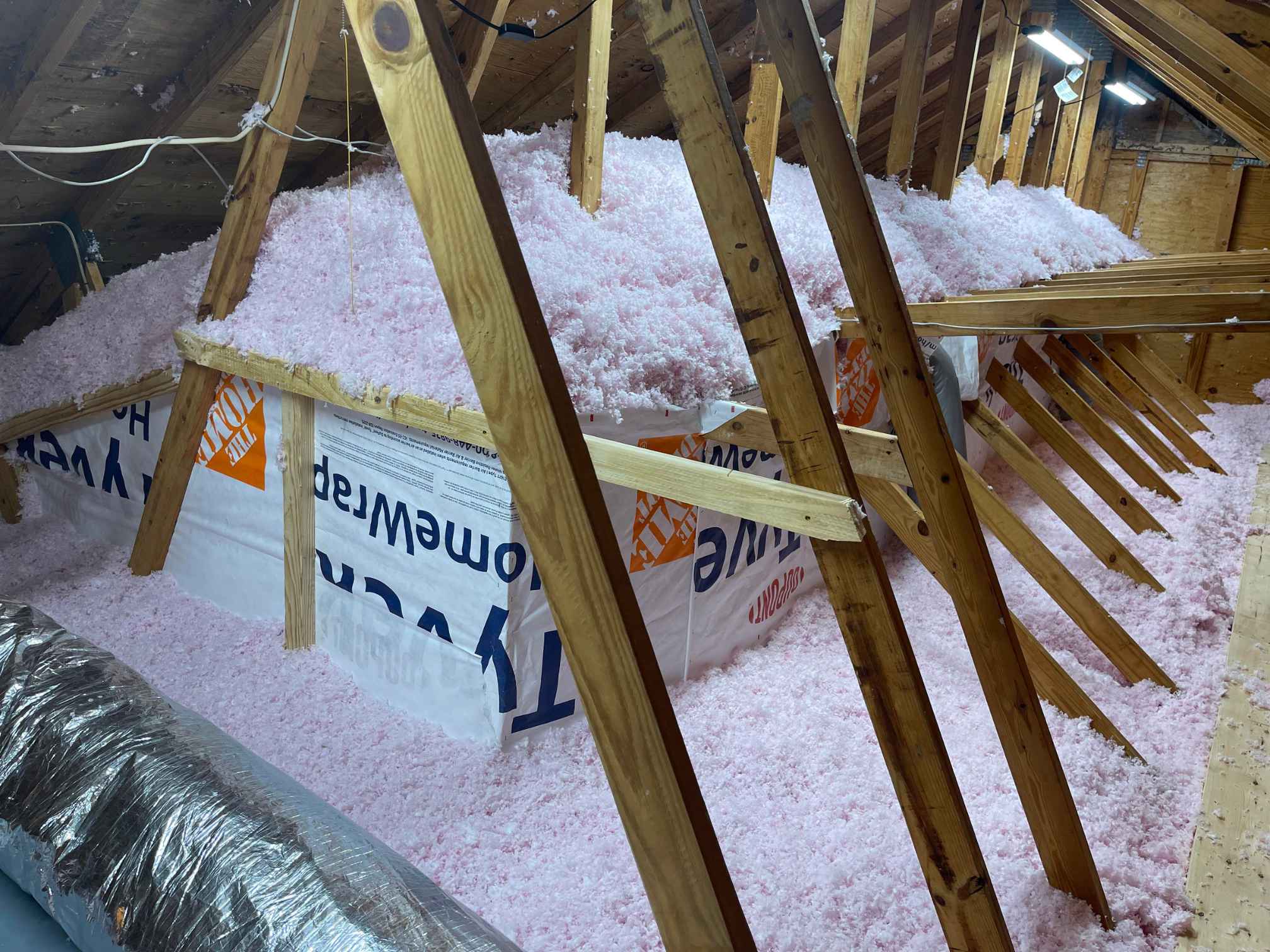

Articles
How Many Inches Of Insulation Is R60
Modified: October 18, 2024
Learn about the recommended amount of insulation for R60 and how it translates into inches. Discover more helpful articles on insulation tips and techniques.
(Many of the links in this article redirect to a specific reviewed product. Your purchase of these products through affiliate links helps to generate commission for Storables.com, at no extra cost. Learn more)
Introduction
Welcome to our comprehensive guide on achieving proper insulation for your home. In this article, we will specifically focus on the recommended insulation thickness to achieve an R-value of R60. Before we delve into the details, let’s understand what R60 actually means.
R60 is a measure of thermal resistance, commonly used to rate the effectiveness of insulation in buildings. The higher the R-value, the more resistant the insulation is to heat flow. This means that a higher R-value indicates better insulation performance, leading to greater energy efficiency and comfort in your home.
Insulation is essential for maintaining a consistent temperature within your home, whether it’s to keep the warmth in during cold winter months or to keep the heat out in scorching summer days. Achieving the recommended insulation thickness for R60 will help minimize heat transfer through your home’s walls, roof, and floors, ultimately reducing your energy consumption and utility bills.
Now that we have a basic understanding of R60 and its significance, let’s explore the factors that affect insulation efficiency and how that relates to the recommended insulation thickness.
Key Takeaways:
- Achieving an R-value of R60 for insulation is crucial for energy efficiency and comfort in your home. Consider factors like insulation material, installation quality, and climate to determine the recommended thickness.
- If achieving R60 insulation thickness is challenging, explore alternatives such as high-R-value materials, combination approaches, and improved air sealing. Every step towards better insulation contributes to energy savings and comfort.
What is R60?
R60 is a measure of thermal resistance used to determine the effectiveness of insulation in buildings. It is part of a rating system developed by the construction industry to help homeowners and builders choose the right type and amount of insulation for their homes.
The R-value is a numerical value that indicates how well a material insulates against heat transfer. It measures the resistance of the material to heat flow, and the higher the R-value, the greater the insulation effectiveness. The R-value is calculated by taking into account the thickness, density, and type of insulation material being used.
When it comes to R60, it signifies a high level of insulation. It is typically recommended for areas with colder climates or for homeowners who are looking for maximum energy efficiency and comfort in their homes. Achieving an R60 insulation level can significantly reduce heat loss or heat gain, leading to lower energy costs and a more comfortable living environment.
It’s important to note that the recommended R-value for insulation may vary depending on the geographic location, climate conditions, and the specific requirements of the building. Local building codes and regulations may also play a role in determining the minimum R-value required for new construction or renovations.
Now that we understand the concept of R60 and its importance, let’s dive deeper into the factors that affect insulation efficiency and how they relate to determining the recommended thickness for achieving an R-value of R60.
Understanding Insulation Thickness
Insulation thickness plays a crucial role in achieving the desired R-value for your home. The thickness of insulation refers to the amount or depth of the insulation material installed in a particular area, such as walls, ceilings, or floors. It directly impacts the overall thermal resistance and insulation effectiveness.
The thickness of insulation is typically measured in inches or millimeters. The thicker the insulation, the higher the R-value it can provide. This is because a thicker layer of insulation creates more barriers for heat transfer, reducing the amount of heat that can pass through the material.
When considering the insulation thickness for R60, it’s essential to understand that different insulation materials have varying R-values per inch. For example, fiberglass insulation typically has an R-value of approximately 3.5 per inch, while cellulose insulation has around R-3.7 per inch. This means that you will need different thicknesses of insulation depending on the material used to achieve the desired R60 insulation level.
It’s also important to consider the specific area of your home where insulation is needed. Different parts of the house have varying insulation requirements. For example, attic insulation may require a higher R-value compared to wall insulation due to the greater temperature fluctuations and increased heat loss experienced in attics.
Additionally, it’s worth noting that insulation is not solely about achieving the desired R-value. Other factors, such as proper installation and addressing air leaks or gaps, are equally important for insulation effectiveness. Even the highest-rated insulation materials will not perform optimally if there are gaps allowing air to pass through.
Now that we have a better understanding of insulation thickness and its relationship to achieving the desired R-value, let’s explore the factors that can affect insulation efficiency and ultimately guide us in determining the recommended thickness for achieving an R-value of R60.
Factors Affecting Insulation Efficiency
Several factors can impact the efficiency and effectiveness of insulation in your home. Understanding these factors is crucial for determining the recommended insulation thickness to achieve an R-value of R60.
1. Insulation Material: The type of insulation material you choose can significantly affect its efficiency. Different materials have varying thermal conductivity and R-values per inch. Materials like fiberglass, cellulose, and spray foam each have their own strengths and weaknesses in terms of insulation effectiveness.
2. Installation Quality: Proper installation is essential for optimal insulation performance. Gaps, compressions, or inadequate coverage can reduce the insulation’s effectiveness by creating avenues for heat transfer. Hiring a professional or following installation guidelines meticulously can ensure the insulation is properly installed for maximum efficiency.
3. Air Leakage: Air leaks can undermine the performance of insulation. When there are gaps or cracks in the building envelope, warm or cool air can escape, reducing the effectiveness of insulation. Sealing these gaps with weatherstripping, caulking, or spray foam can improve insulation efficiency.
4. Moisture Control: Moisture can negatively impact insulation effectiveness and lead to mold or mildew growth. It’s crucial to address any moisture issues before installing insulation. Installing a vapor barrier or using moisture-resistant insulation materials can help alleviate moisture-related concerns.
5. Thermal Bridging: Thermal bridging occurs when there are paths that allow heat to transfer more easily, compromising insulation efficiency. Areas such as studs, rafters, or metal frames can act as thermal bridges. Using materials with low thermal conductivity or adding insulation layers can help mitigate thermal bridging.
6. Climate Factors: Climate plays a significant role in determining the insulation requirements of a home. Cold climates require higher insulation levels to retain heat, while hot climates necessitate insulation that helps keep the heat out. Understanding your local climate’s temperature extremes and annual weather patterns is essential in determining the recommended insulation thickness for R60.
By considering these factors, you can make informed decisions about the type and thickness of insulation needed to achieve the desired R-value of R60. Taking into account these factors will ensure that your insulation system performs optimally, providing energy efficiency and comfort in your home.
R60 insulation typically requires around 16 inches of insulation to achieve the desired level of thermal resistance. Always check local building codes for specific requirements.
Calculating the Recommended Thickness for R60
Calculating the recommended thickness for achieving an R-value of R60 involves considering the R-value per inch of the insulation material and determining the total thickness required to reach the desired level of insulation. Here’s a step-by-step guide to help you calculate the recommended thickness:
1. Identify the Insulation Material: Start by choosing the insulation material that best suits your needs and budget. Different materials have varying R-values per inch, so this will directly impact the required thickness.
2. Determine the R-Value per Inch: Research the R-value per inch of your chosen insulation material. This information is typically provided by the manufacturer or can be found in insulation reference guides. For example, if the material has an R-value of 3.5 per inch, you will need to achieve an R-value of 60, which is approximately 17.14 inches of insulation.
3. Calculate the Total Thickness: To calculate the total thickness needed for R60, divide the desired R-value by the R-value per inch of the insulation material. In this example, 60 divided by 3.5 equals approximately 17.14 inches.
4. Consider Compression and Settling: Keep in mind that compression and settling of insulation can occur over time, reducing its thickness and overall effectiveness. To account for this, it’s recommended to install slightly thicker insulation, typically around 5-10% more, than the calculated value. This ensures that even if compression or settling occurs, the insulation will still meet the required R-value.
5. Adjust for Non-Standard Stud or Joist Depths: If your walls or ceilings have non-standard stud or joist depths, you may need to adjust the insulation thickness accordingly. This can be done by using multiple layers of insulation or using insulation with a higher R-value per inch.
It’s important to note that the calculated thickness is a general recommendation based on average conditions. Local building codes, climate, and other factors may require specific thicknesses or modified approaches to achieve the desired R60 insulation level. Consult with a professional insulation contractor or refer to local building codes for more accurate and customized calculations.
By following these steps and considering the unique factors of your home, you can calculate the recommended thickness of insulation required to achieve an R-value of R60. Proper insulation thickness ensures maximum energy efficiency and comfort in your home.
Alternatives to Achieving R60 Insulation
While achieving an R60 insulation level is ideal for maximizing energy efficiency and comfort in your home, there may be situations where it is challenging to achieve the recommended insulation thickness. In such cases, here are some alternatives to consider:
1. High-R-Value Insulation Materials: Instead of using traditional insulation materials, consider using high-R-value alternatives. These materials have higher thermal resistance per inch, allowing for greater insulation effectiveness with less thickness. Examples include closed-cell spray foam insulation or vacuum insulated panels (VIPs).
2. Combination of Insulation Materials: Another option is to use a combination of insulation materials to achieve the desired R60 insulation level. For example, you can use a layer of higher-density insulation with a higher R-value per inch, such as rigid foam boards, followed by a layer of traditional insulation like fiberglass or cellulose. This combination provides added thermal resistance without sacrificing space or cost.
3. Insulated Sheathing: Insulated sheathing is an exterior insulation option that can help improve the overall thermal resistance of your home. It involves installing rigid foam insulation panels directly on the exterior walls before adding the final siding. Insulated sheathing can significantly enhance insulation effectiveness without affecting interior space or requiring extensive renovations.
4. Thermal Breaks and Continuous Insulation: Incorporating thermal breaks or continuous insulation can help reduce thermal bridging and improve the overall insulation performance. Thermal breaks are materials with low thermal conductivity that disrupt the heat flow between different building components, such as studs or rafters. Continuous insulation involves installing insulation across the entire building envelope, without interruptions, to reduce heat transfer and improve efficiency.
5. Air Sealing and Weatherization: Enhancing the air sealing and weatherization of your home is equally important for insulation effectiveness. By sealing gaps, cracks, and air leaks, you can minimize the heat transfer through the building envelope. Focus on areas around windows and doors, electrical outlets, and plumbing penetrations. Weatherstripping and caulking are effective measures to mitigate air infiltration.
It’s important to consult with a professional insulation contractor or energy auditor to determine the most suitable alternative for your specific situation. They can assess your home, take into account factors such as climate, local building codes, and budgetary considerations, and recommend the best approach to achieve optimal insulation performance.
Remember, while achieving the recommended R60 insulation level is desirable, any effort to improve insulation and reduce energy consumption is beneficial. Even if you cannot reach R60, every increment in insulation thickness and effectiveness will contribute to energy savings and comfort in your home.
Conclusion
Proper insulation is a key component of creating an energy-efficient and comfortable home environment. Achieving an R-value of R60, which represents a high level of insulation, can significantly reduce heat transfer and enhance energy efficiency. While it may seem daunting, understanding the factors that affect insulation efficiency and calculating the recommended thickness can help you achieve this goal.
By considering factors such as insulation material, installation quality, air leakage, moisture control, thermal bridging, and local climate conditions, you can determine the appropriate insulation thickness to achieve R60. Be sure to consult with professionals and adhere to local building codes to ensure your insulation meets the required standards.
If achieving the recommended thickness for R60 is challenging, you have alternatives to explore. High-R-value insulation materials, combination approaches, insulated sheathing, thermal breaks, continuous insulation, and improving air sealing and weatherization are all viable options to increase insulation effectiveness and reduce energy consumption.
Remember that even if you can’t achieve the exact R60 level, any improvement in insulation thickness and quality will contribute to energy savings and comfort in your home. Every step towards better insulation is a step towards a more sustainable and cost-effective living space.
In conclusion, prioritizing insulation and understanding the recommended thickness for achieving R60 insulation is paramount for homeowners seeking energy efficiency, comfort, and reduced utility bills. By investing in proper insulation and exploring alternative solutions if necessary, you can create a well-insulated home that keeps you comfortable all year round while minimizing your environmental impact.
Frequently Asked Questions about How Many Inches Of Insulation Is R60
Was this page helpful?
At Storables.com, we guarantee accurate and reliable information. Our content, validated by Expert Board Contributors, is crafted following stringent Editorial Policies. We're committed to providing you with well-researched, expert-backed insights for all your informational needs.
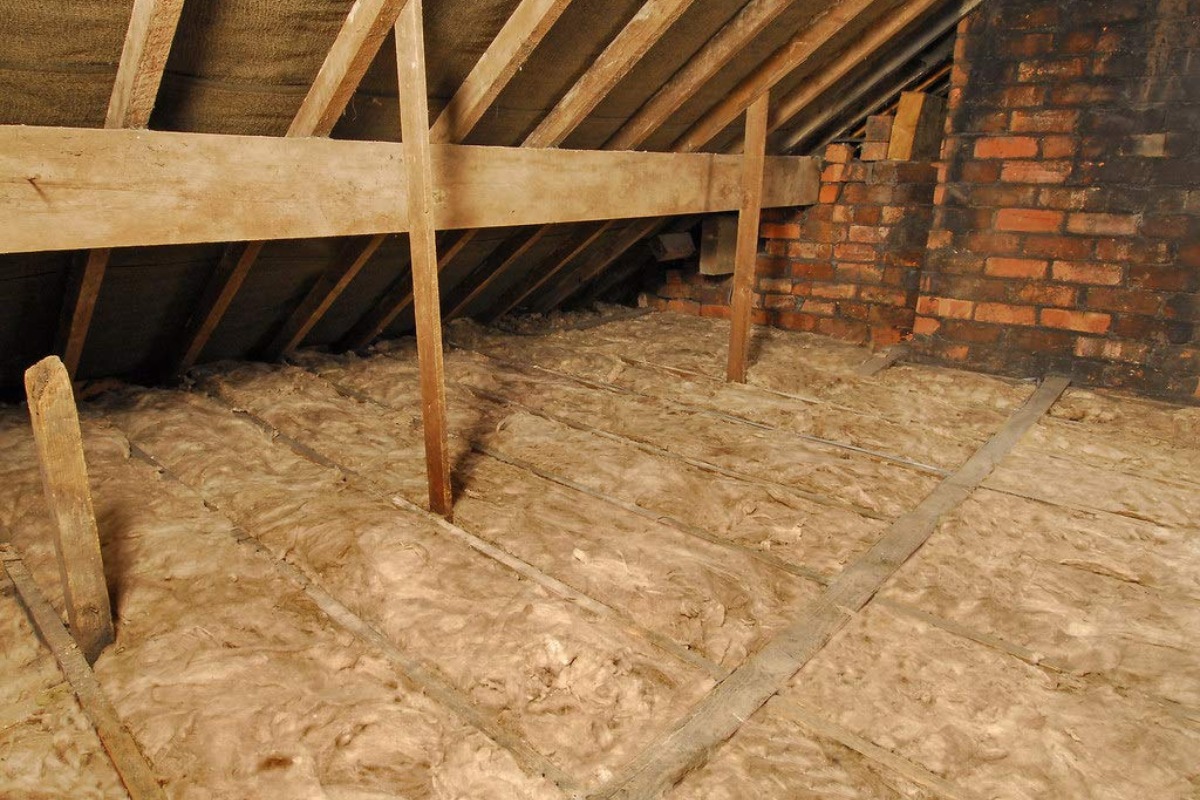
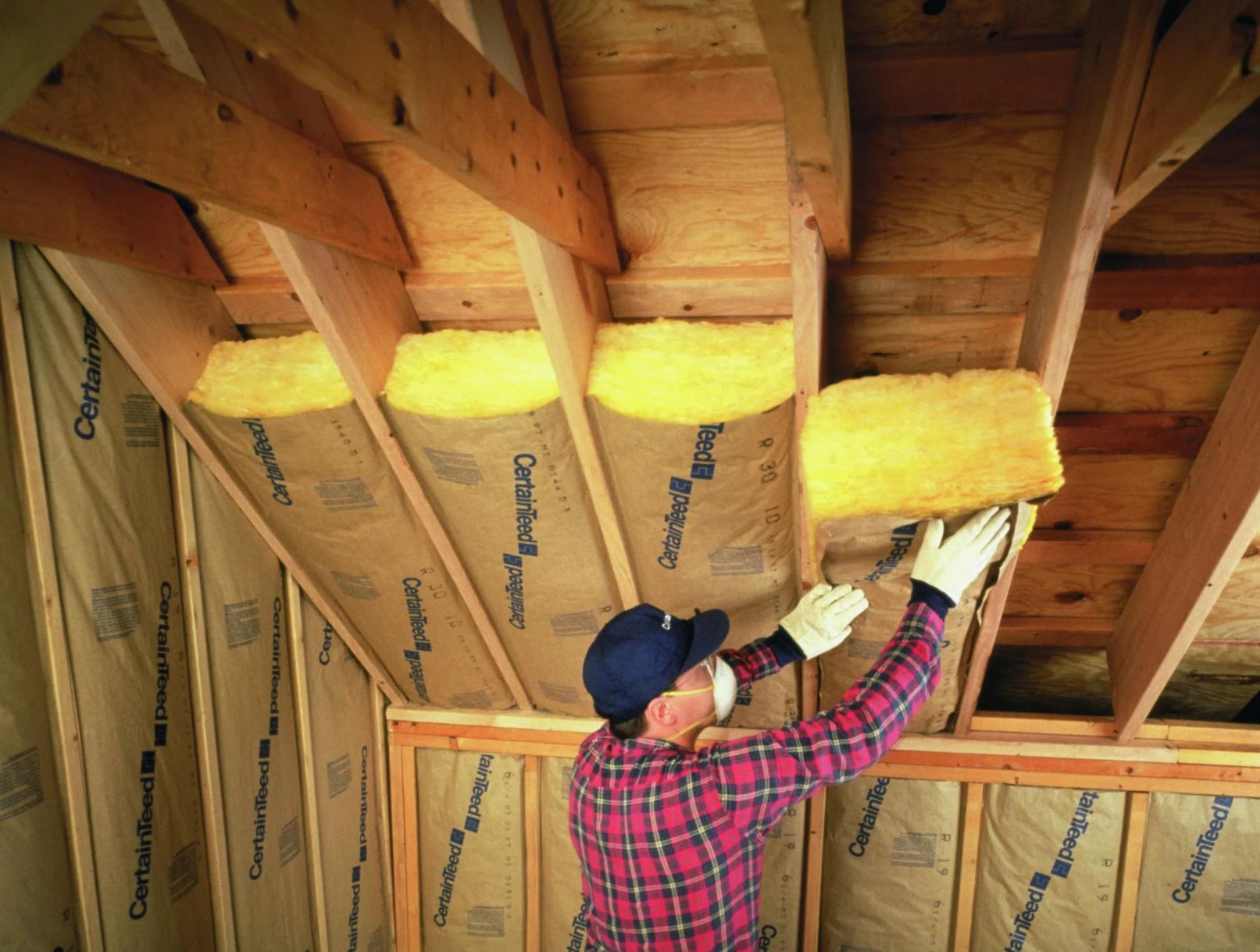
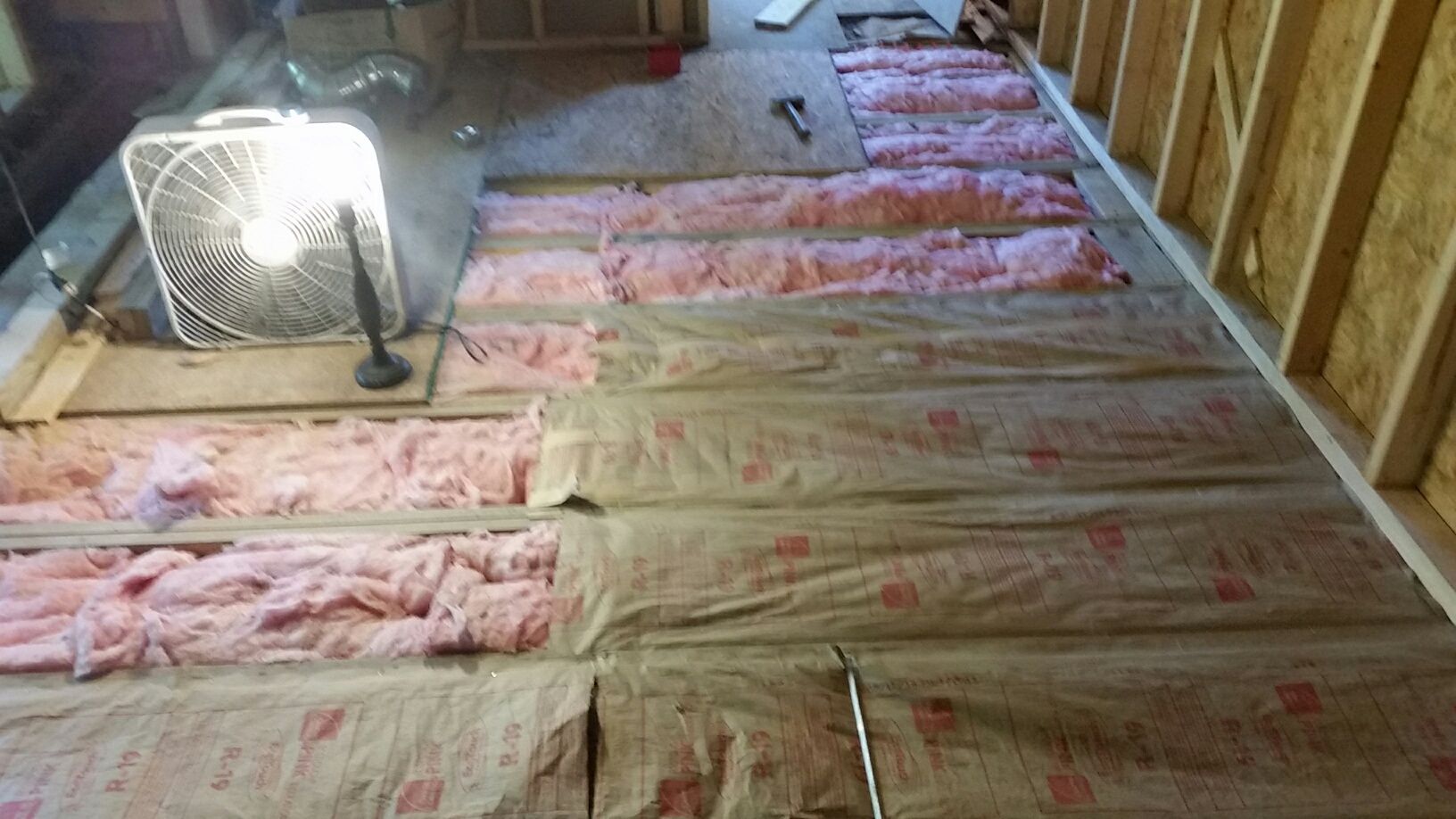

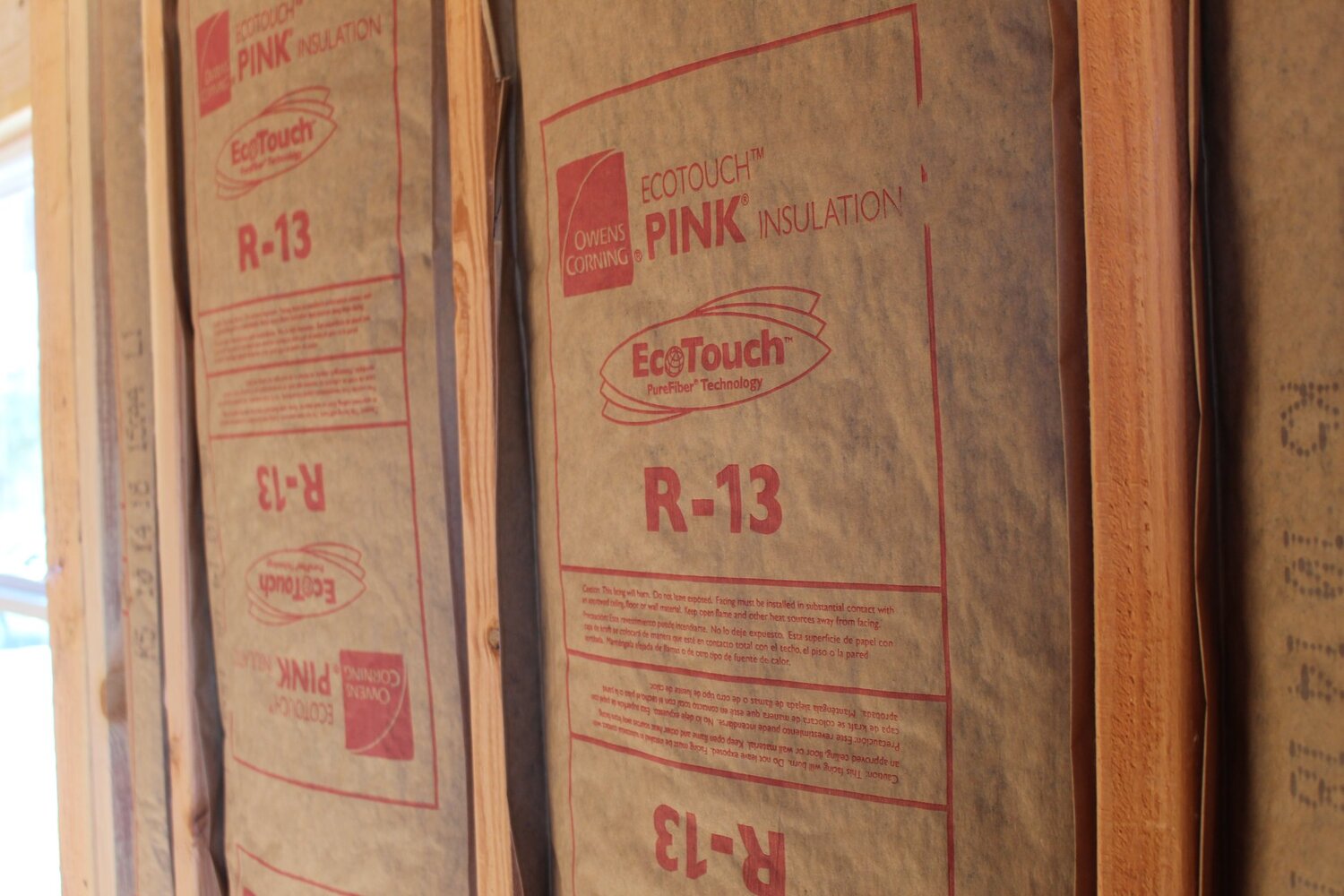
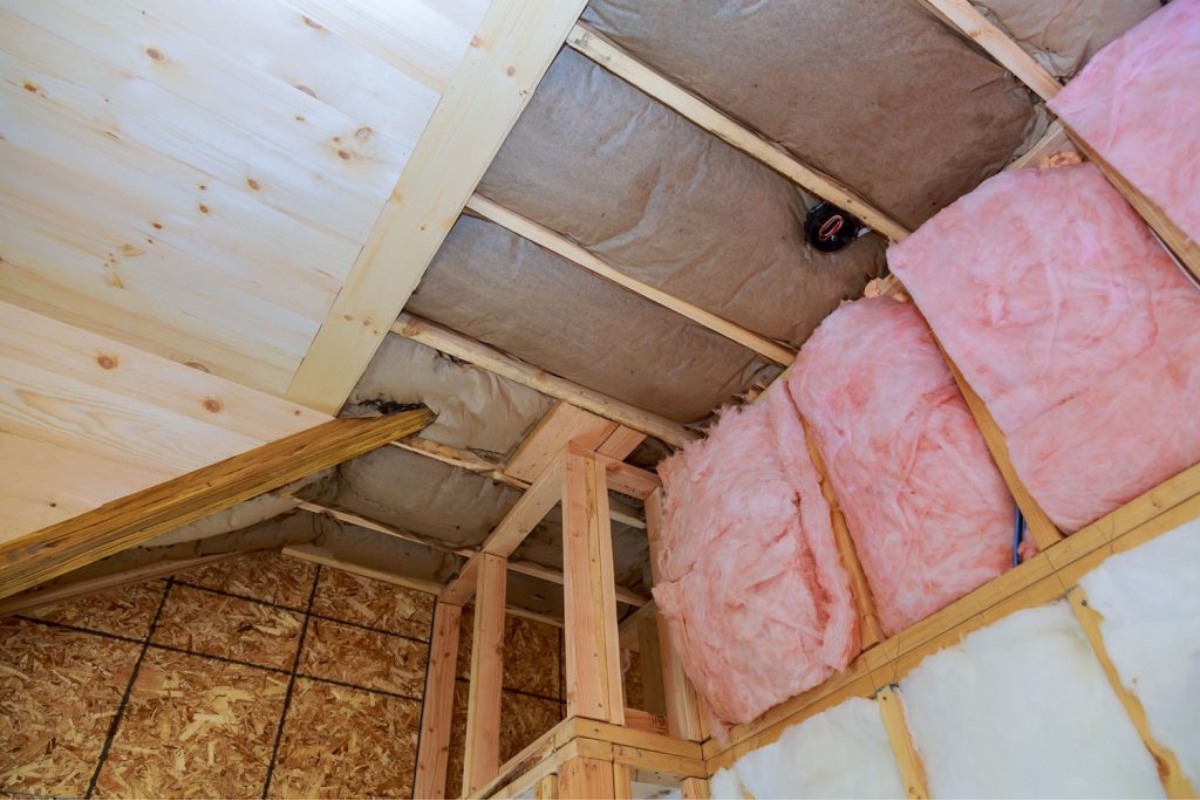
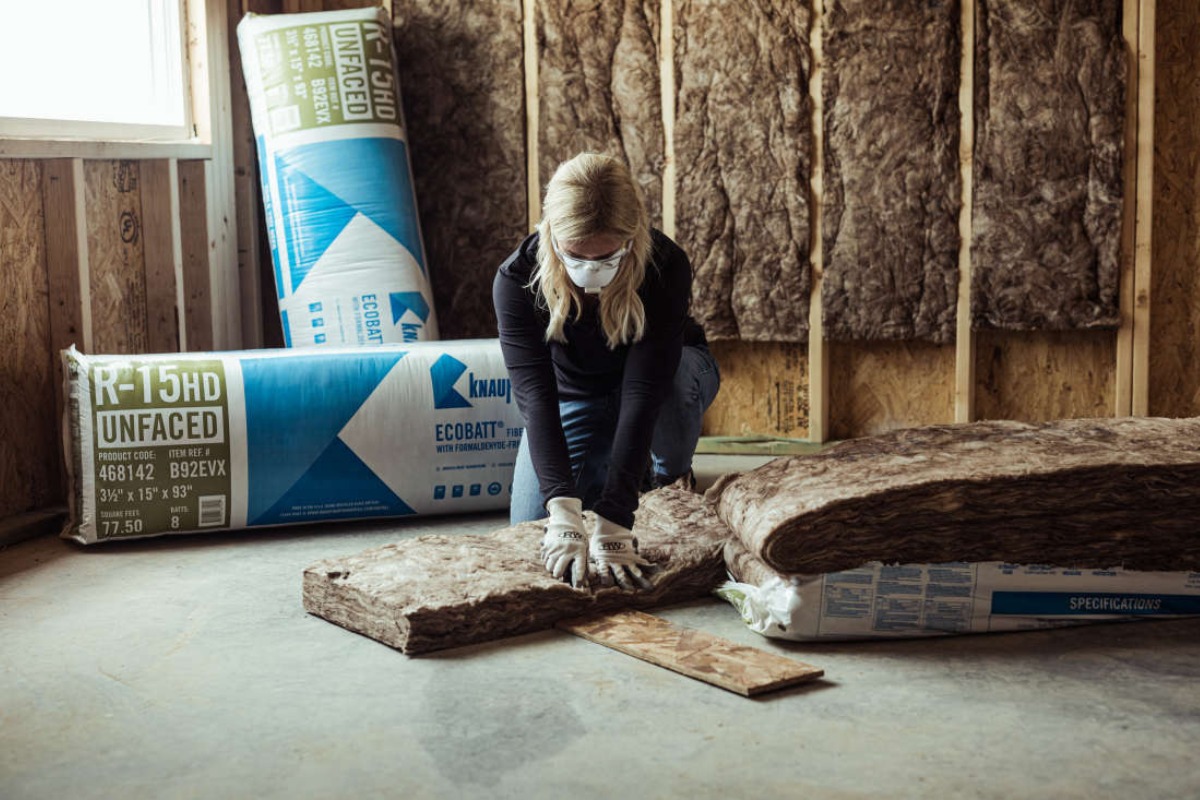
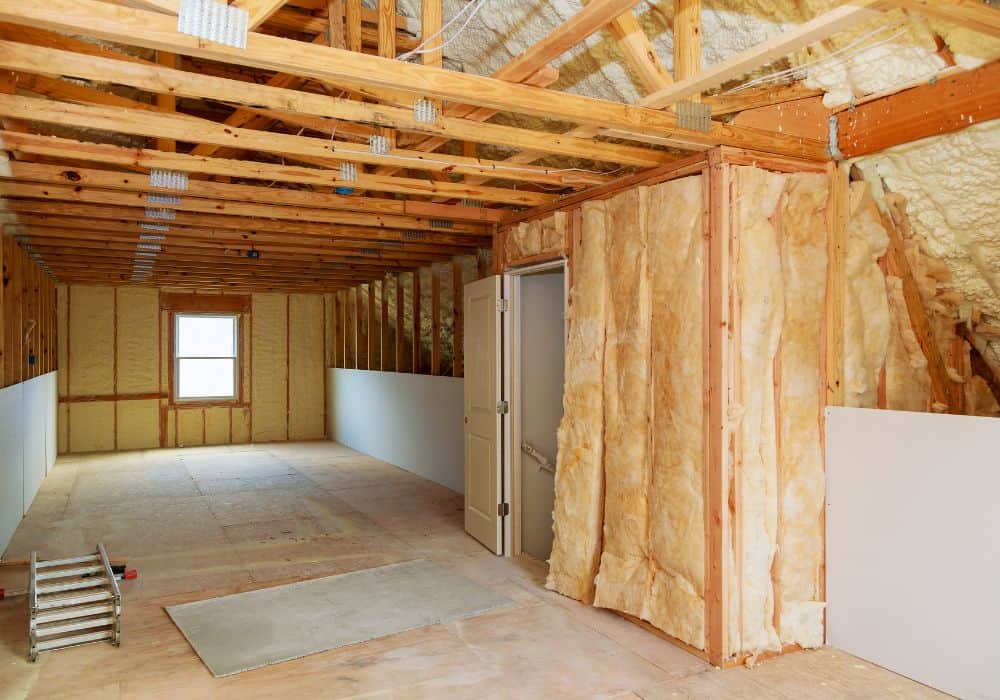
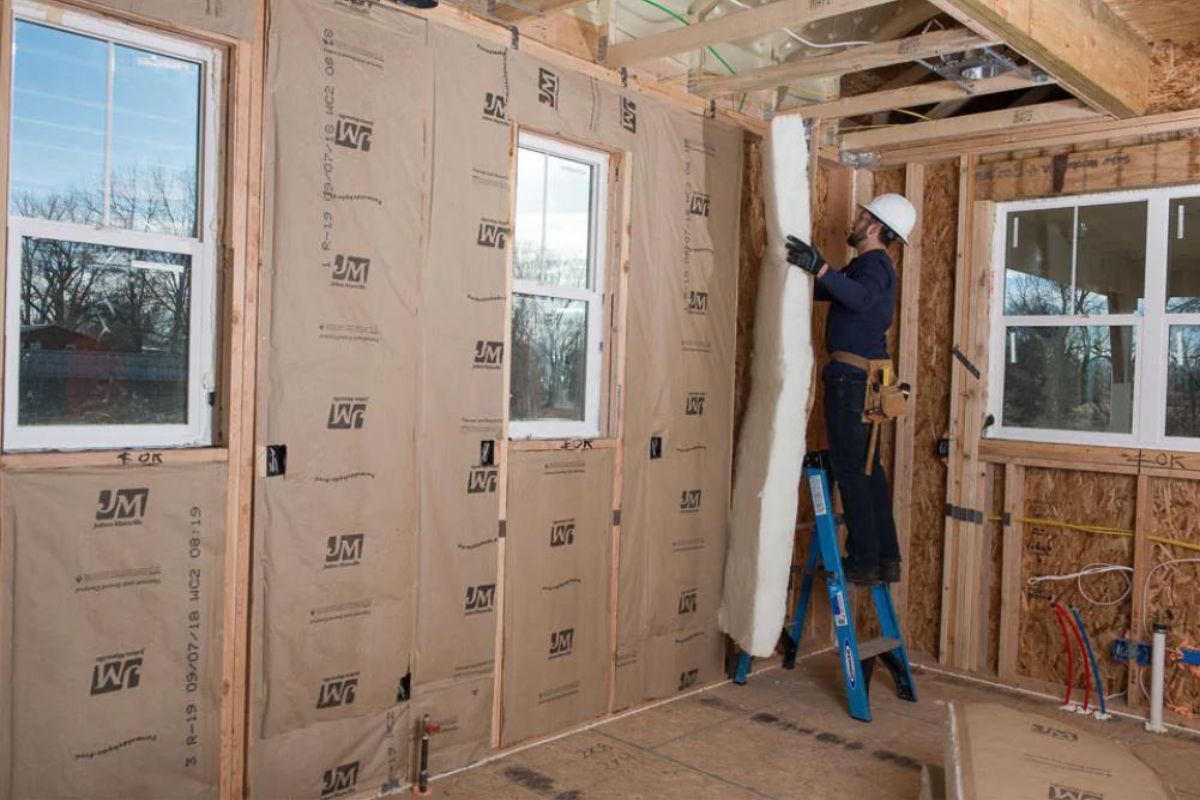
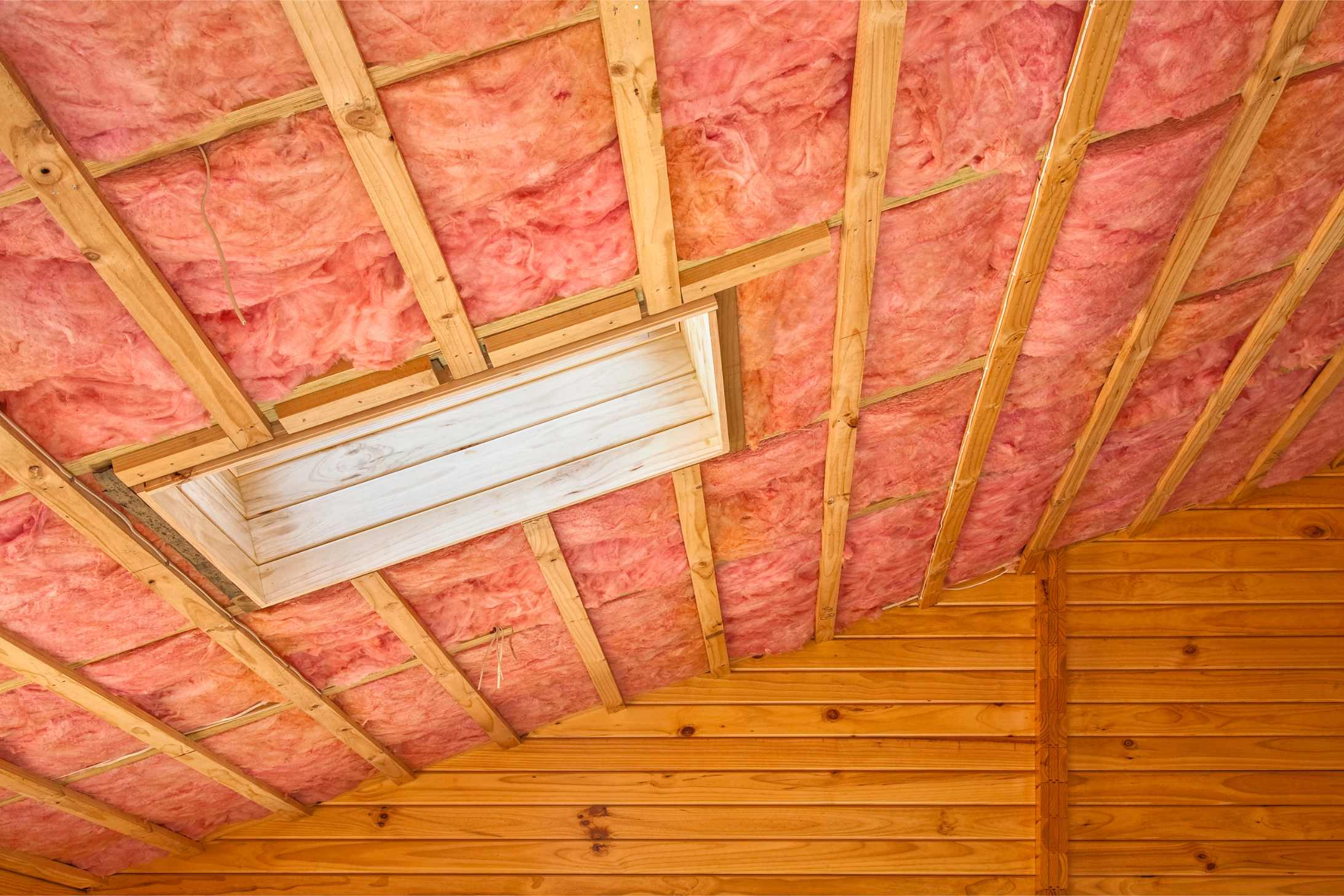
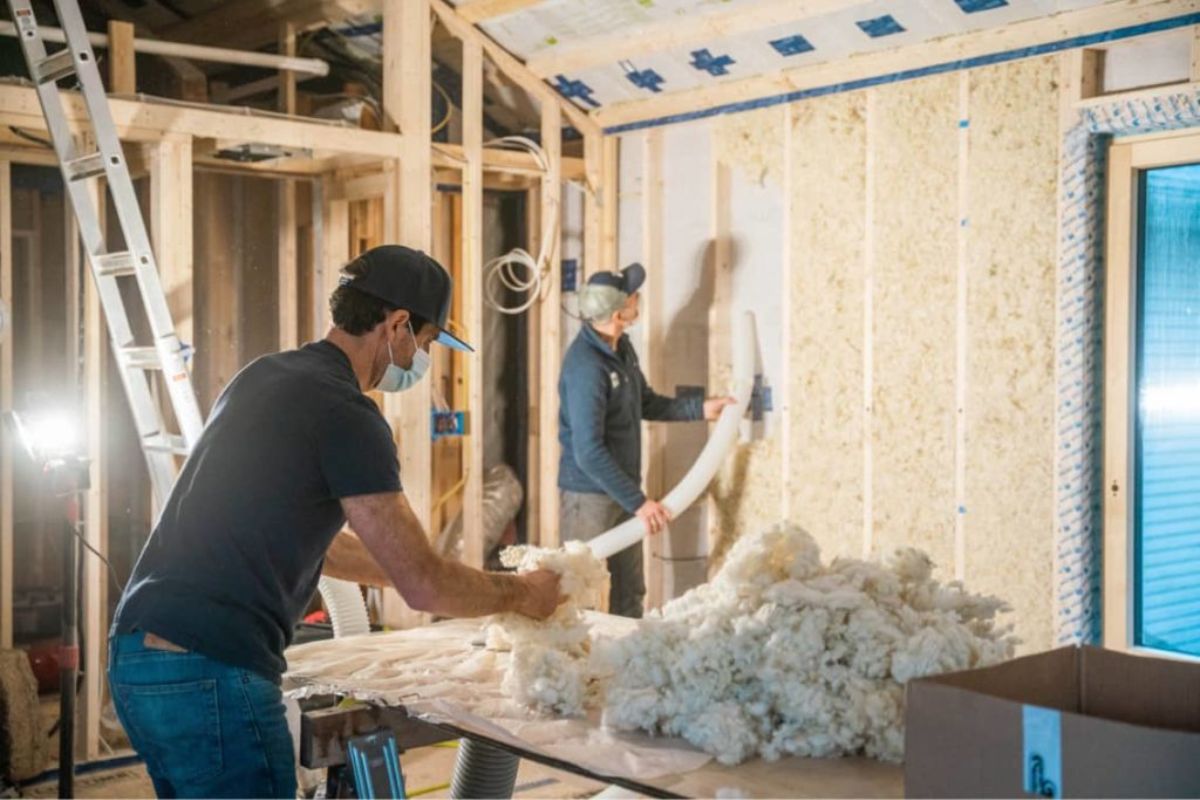
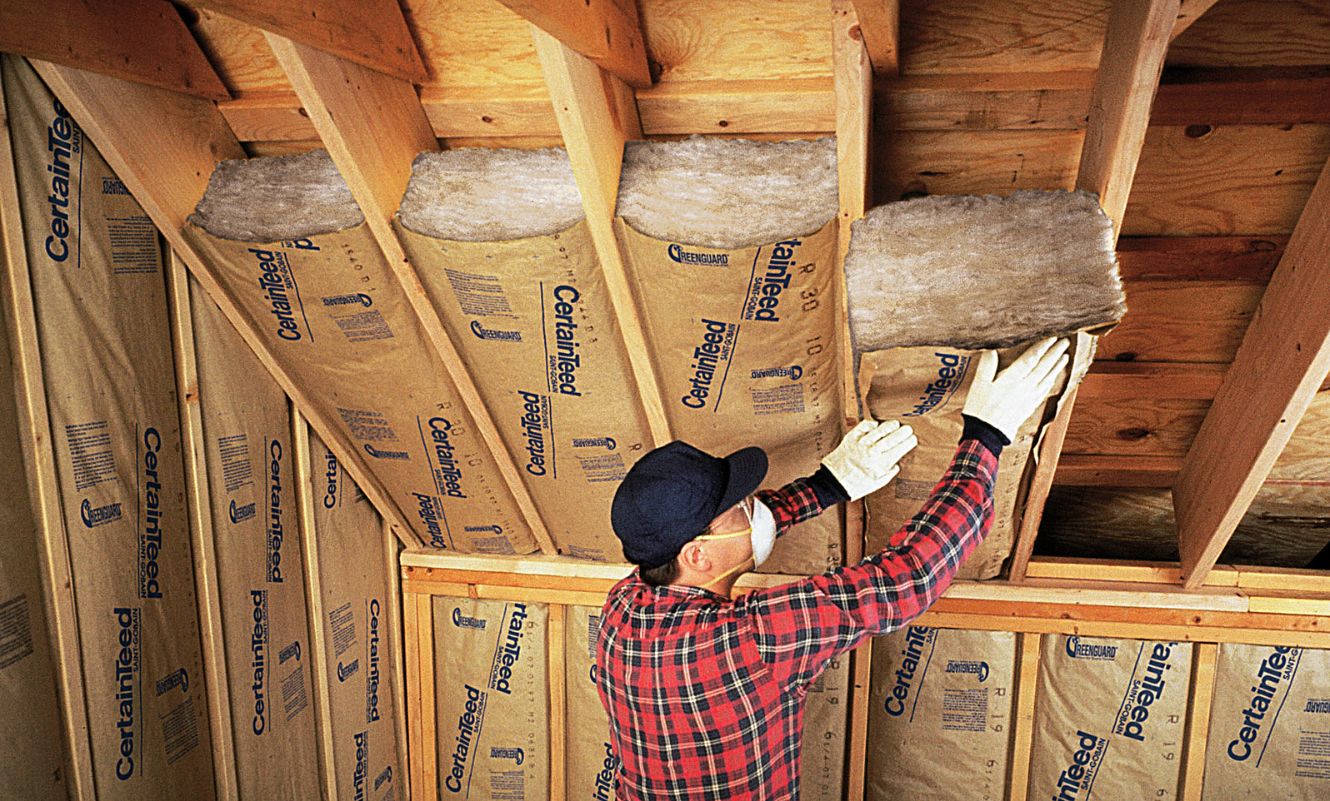
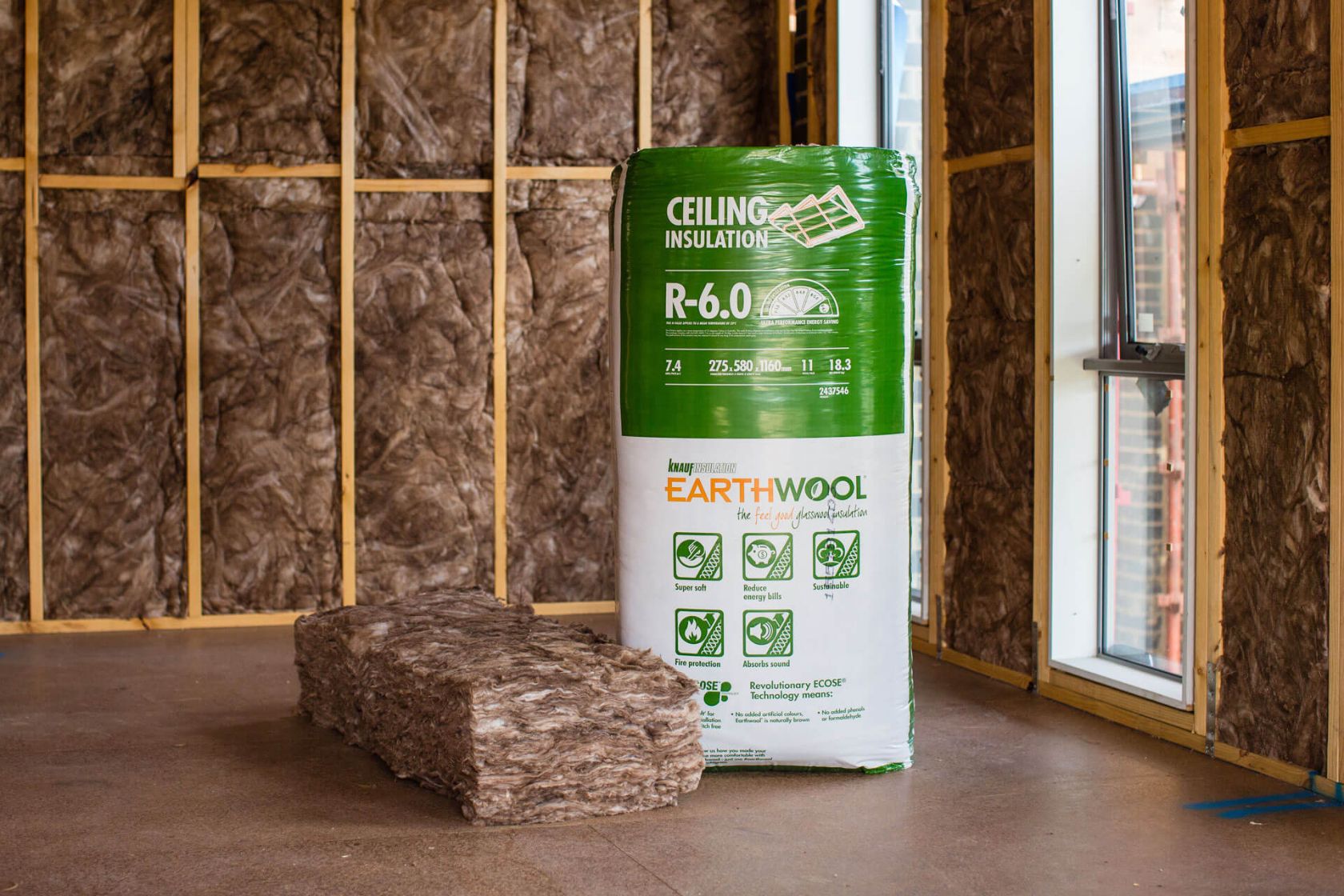
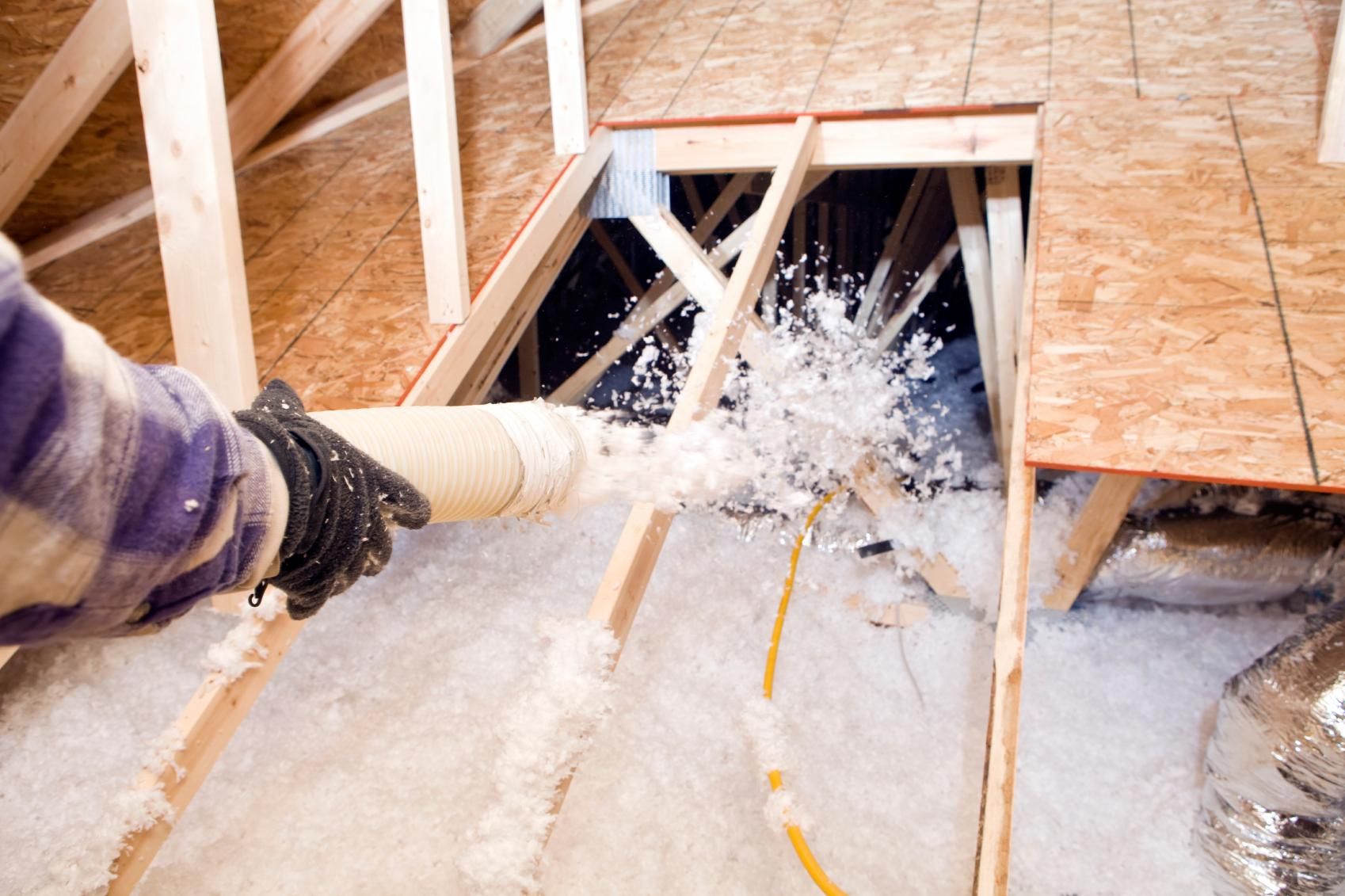

0 thoughts on “How Many Inches Of Insulation Is R60”